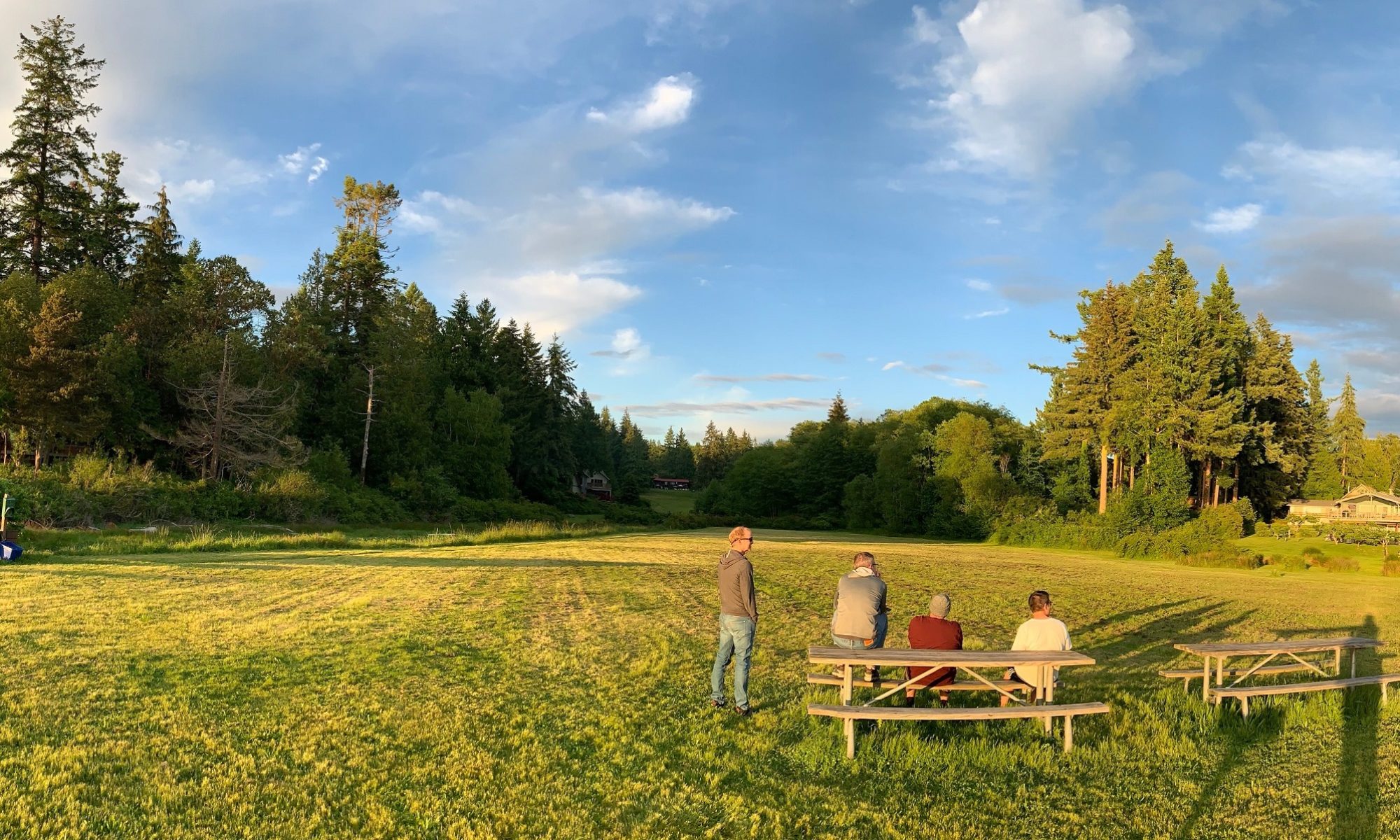Here is a set of slides from Deutsche Welle’s website that shows the outcome of Sunday’s federal elections in Germany.
Angela Merkel’s party (the Christian Democrats) lost ground everywhere.
For the first time since the 1950s, at least three parties will be needed to form a coalition in Germany’s government. (The two largest parties are unlikely to form a coalition on their own).
The Social Democrats and the Green Party made the biggest gains.


S.P.D. Social Democrats
AfD Alternative for Germany (Deutschland)
F.D.P. the Free Democratic Party
Left The Left Party (‘Die Linke’)
Greens The Green Party
SSW South Schleswig Voters’ Association (regional party in Schleswig-Holstein)





